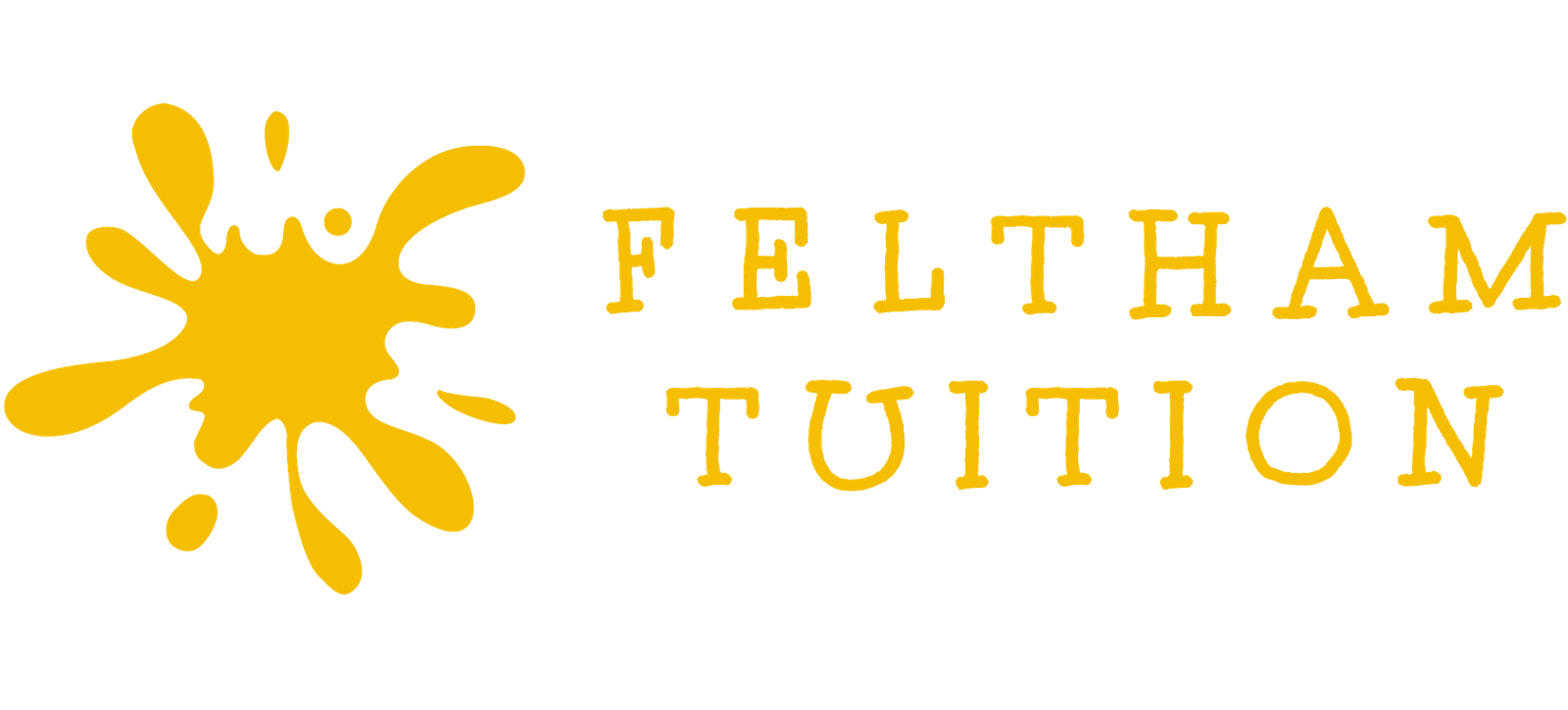Syllabus
-Calculation using the four operations +, -,× ÷ applied to positive integers, negative integers, fractions (inc. mixed numbers) and decimals. Exact division by decimals. Simple recurring decimals.
-Approximation - significant figures/decimal places
-Indices - to be able to understand and evaluate numbers written in index form (positive integral indices only) Standard index form with positive and negative powers of 10.
-Percentages - expressing a percentage as a fraction, conversion of a fraction to a percentage. Writing a quantity as a percentage of another. Finding a percentage of a quantity.
-Averages - calculation of mean. More difficult problems may be set involving change of mean through the addition/deletion of a value.
-Concept of negative number - addition, subtraction, multiplication and division of negative numbers. Number sequences.
-Units of measurement - length, area, volume, speed, temperature. Conversion between units (problems may also be set on conversion of currencies)
-Units of length - millimetre (mm), centimetre (cm), metre (m), kilometre (km)
-Units of mass - gram (g), kilogram (kg), tonne (t)
-Units of capacity - millimetre (ml), litre (l)
-Area - area of a triangle, rectangle, parallelogram and compound shapes. Units of area (inc. conversion between units)
-Volume - volume of a cuboid. Units of volume. (inc. conversion between units)
-Circle - calculation of area and circumference (pupils will be expected to know the formulae C = 2πr ; A = πr2 )
-Algebra - including use of brackets and positive indices. Simplifying simple algebraic expressions. Solving straightforward equations and inequations in one variable - to include brackets and fractional coefficients.
-Squares, cubes, square roots and cube roots.
-Rectangular co-ordinates in all four quadrants. Equations of lines parallel to the axes and straight for- ward lines through the origin. Reflections in lines. Rotations about grid points through 90 ̊ or 180 .̊
-Angles - acute, obtuse, and reflex. Angle properties of intersecting and parallel lines. (Vertically opposite angles, alternate and corresponding angles) Angle sum of a triangle and a quadrilateral. -Angle proper- ties of equilateral and isosceles triangles.
-Factors, multiples, primes and prime factors.
-Ratios - equivalence with fractions, decimals and percentages. Simplifying ratios, division in a given ratio, problems on direct proportion e.g. maps.
